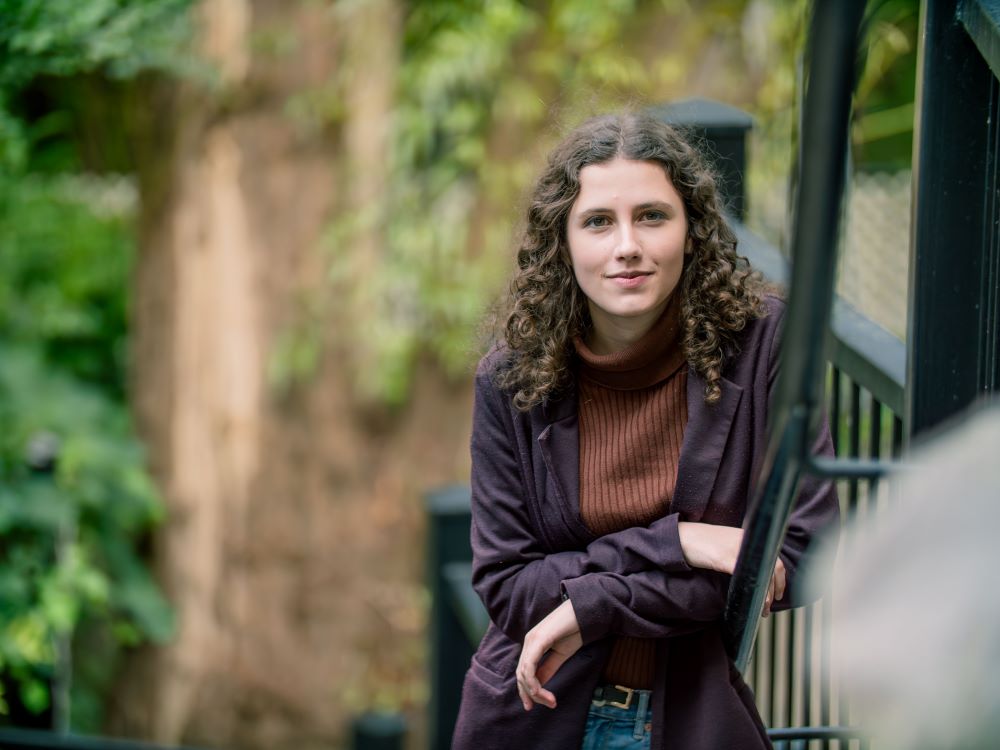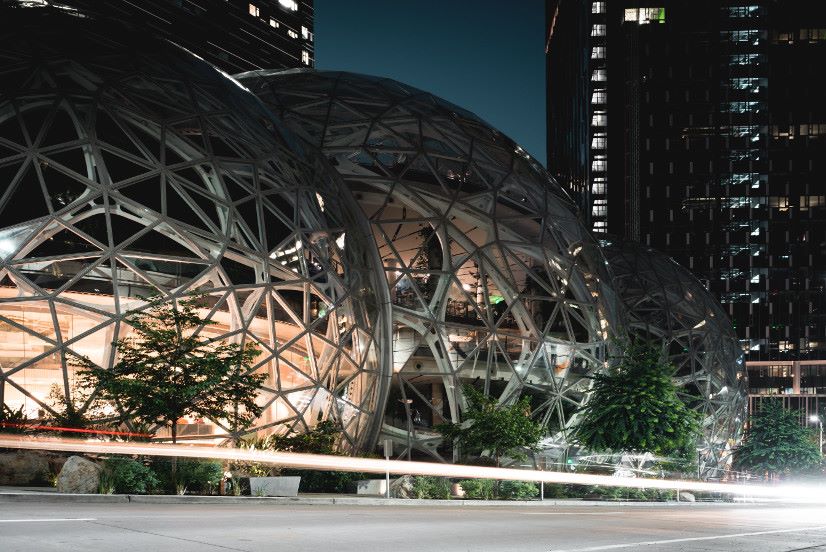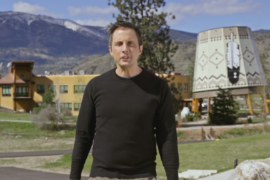
Were you one of the many who, after working from home during the worst of the COVID pandemic, were less than thrilled about going back to the office?
A new documentary series suggests it might not be going back to work that is the problem. It may be going back to the same old stuffy work environment. The Nature of Design, which premieres Sunday, Oct. 6 on TVO and is already streaming across Canada on TVO docs YouTube channel, makes the case that “green” environments can make a world of difference.
The series is hosted by Louisa Whitmore, a Vancouver TikTok sensation who, while still a teenager, gained noteriety for, among other things, dismissing those skinny, high priced Manhattan high rise condos as “toothpicks.”

On the first of six 12-minute episodes of Nature of Design, she visits some examples of work spaces that take their design cues directly from nature. Some, like Amazon’s “Seattle Spheres,” stand out as cool and space-age-y when contrasted against a typical urban downtown landscape. The large see-through spheres contain their own urban rain forest, including 40,000 species of plants. Adding nature to where these corporate employees work, we are told, has made people want to go back to the office space.
Another example is The Prow, a cool, ramp-shaped work retreat for Expedia employees. Whitmore sees it as “if Frank Lloyd Wright designed a rocket ship.” I must be the retreat to choose when you’ve just got to get there by 10 am the next day.
Whitmore speaks with experts who study how humans, as well as zoo animals, interact with their environment. One such expert, Dr. Judith Heerwagen, discovered that orangutans feel much less hostile in a biophilia designed outdoor-ish space at the Woodland Park Zoo.
advertisement
Well, monkey see, man do. As Whitmore says, studying animal behaviour can help “break us out of our cubical cages.”
Back when I was working with the other monkeys at The Toronto Sun, when the newspaper was based at 333 King St. East in Toronto, there wasn’t much thought give to biophilia. The big concession when I worked there was introducing “smokeless ashtrays.” A smoking lounge on the ground floor was stained dark orange from nicotine. The newsroom truly got less and less impressive the closer one got to my rather beat up old desk.

My daughter Katie, who works as a designer at Shopify, used to report for duty at a very impressive office in Montreal. The reclaimed historical building was re-vamped as a playground for creatives, with white board walls in the hallways you could scrawl on and rooms designed for music breaks or lunch time recreation. She missed biking there when it was shut down during COVID.
Still, it wasn’t particularly biophilic. A friend who is an award-winning architect, Kevin Flanagan, has been a strong proponent for using wood as the structural skeleton in high rise “timber towers.” That material can be just as fire-proof and more pliable than concrete forms, and building towers this way leaves less of a harmful footprint on the environment.
Called “the greenest building in the world,” another place Whitmore visits is the Bullitt Centre in Seattle. This is a six story office building that generates as much electricity as it uses. It also captures rain water and uses it to fulfill it’s plumbing needs. The place is topped with a flat, overhanging series of 565 rooftop solar panels and boasts 26 ground sourced heat wells. The large, window walls peel back like giant doors, allowing the building to breathe much like the pores of human skin. Rob Pena, associate professor of architecture at the University of Washington, sees it as a place that really supports health and well-being.
There are Bullitt Centre-like structures in Toronto. I remember one being built across from The Sun 20 years ago. The new Globe and Mail offices, which rise over where The Sun offices once stood, are likely much more enviromentally friendly than that paper’s old digs which once stood on the other side of Spadina. When I visited there, again 20 years ago, it always seemed so dim and dark inside the newsroom, the air uncirculated since the ’70s, that it might be a good place to grow potatos.
That’s not the kind of biophilia-inspired spaces you will see championed on The Nature of Design. Other episodes in the series look at how nature is influencing designs in the hospitality industry. The series is produced by Rob Lindsay (who also directs and edits) and Brigitte Sachse (who subs for Whitmore by submitting to a brain scan in the hospitality episode. Researchers wanted to see how the brain reacts to cheerier environs). Paradox Pictures and Bee Video Production are behind the production.
The Nature of Design is available to stream across Canada starting October 4 at 9 a.m. ET via TVO Docs YouTube channel, website and Smart TV app.






